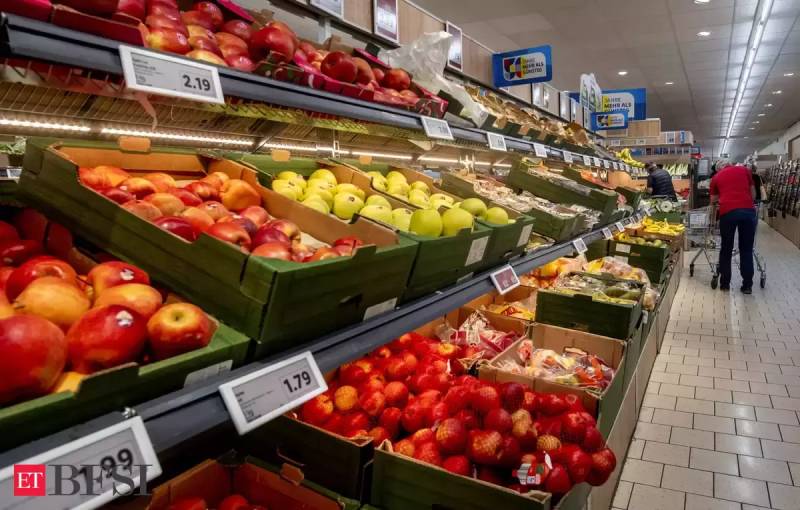In September, wholesale inflation in the United States surged by 2.2 percent compared to the previous year, marking the most substantial year-over-year increase since April. This sharp rise in wholesale prices indicates that inflationary pressures persist, despite over a year and a half of elevated interest rates.
The Labor Department’s latest report, released on Wednesday, revealed that the producer price index, which gauges inflation before it affects consumers, grew by 2.2 percent from the prior year, surpassing the 2 percent increase observed in August. On a monthly basis, producer prices increased by 0.5 percent from August to September, a slight decrease from the 0.7 percent rise between July and August.
When excluding the often volatile food and energy prices, known as core inflation, there was still a notable increase of 2.7 percent in September compared to the previous year and a 0.3 percent uptick from August. Core prices are closely monitored by the Federal Reserve and economists to gauge the future trajectory of inflation.
While wholesale prices have been rising more slowly than consumer prices, offering hope that inflation might continue to moderate as producer costs are passed on to consumers, the latest data for last month exceeded economists’ expectations. Wholesale energy prices, in particular, surged by 3.3 percent from August to September, and food prices rebounded with a 0.9 percent increase after declining by 0.5 percent from July to August.
In response to the high inflation levels observed last year, which had not been seen in four decades, the Federal Reserve took aggressive measures to raise interest rates. Since March 2022, the central bank has increased its benchmark rate eleven times. These higher borrowing costs have contributed to cooling inflation and slowing down a robust job market.
There is now growing anticipation that the Federal Reserve may choose to maintain interest rates at their current level for the remainder of the year. Two Fed officials recently hinted that the central bank may leave its key rate unchanged at the upcoming meeting in three weeks, triggering a rally in both bond and stock markets.
Rubeela Farooqi, Chief U.S. Economist at High Frequency Economics, noted that last month’s surge in producer prices is unlikely to alter the Fed’s policy outlook. The baseline expectation remains that interest rates have peaked, and potential geopolitical developments are an additional risk factor that may lead policymakers to proceed cautiously in the future.
Meanwhile, the economy has displayed more resilience than initially projected. There is growing optimism that the Federal Reserve may achieve a “soft landing,” meaning they would raise rates just enough to control inflation without causing a severe economic downturn.
On Thursday, the Labor Department will release its closely watched consumer price index for September. In the previous month’s report, core consumer prices in August exhibited the slowest annual increase in nearly two years compared to the same period a year ago.





